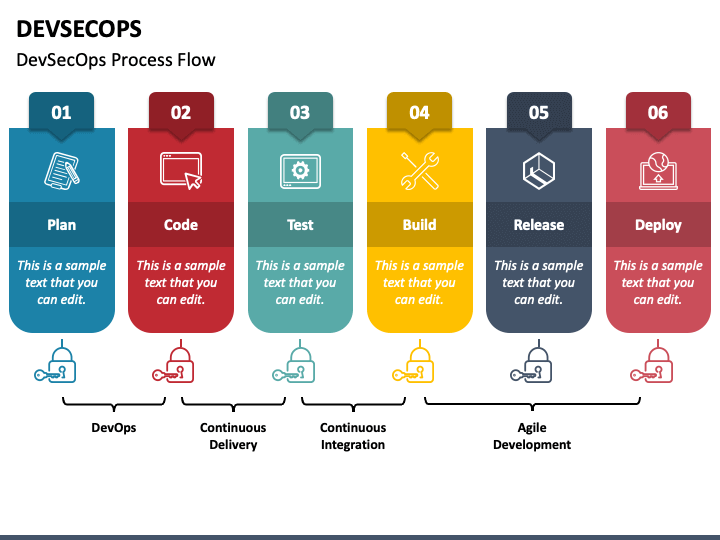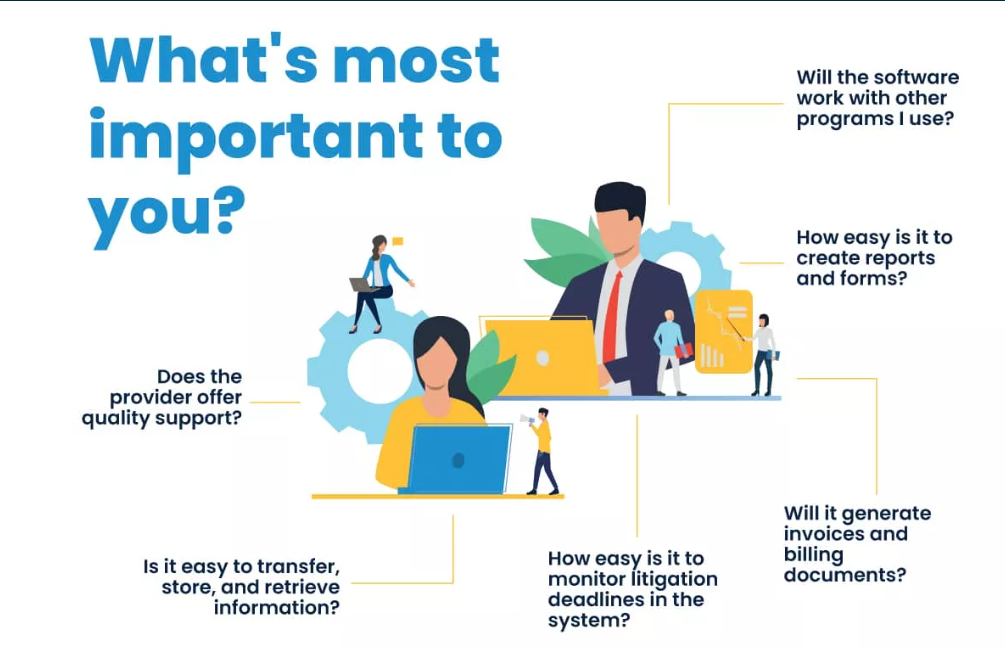In today’s dynamic technological landscape, several trends are reshaping the way organizations approach AI and data management. These trends are poised to revolutionize decision-making, data handling, and the integration of artificial intelligence.
Key trends that are set to define the future of technology:
Cloud Data Ecosystems: The shift from traditional software models to cloud-native solutions is gaining momentum. By 2024, a significant portion of new system deployments are expected to be based on cohesive cloud data ecosystems. This shift will streamline integration processes and enhance data management capabilities. Organizations should prioritize resolving distributed data challenges and optimizing access to external data sources.
Edge AI: Edge AI is gaining prominence due to its real-time data processing capabilities. By enabling data analysis at the point of origin, organizations can derive immediate insights and meet stringent data privacy requirements. The forecast that over 55% of deep neural network data analysis will be performed at the edge by 2025 underscores the growing importance of edge computing. Organizations must identify suitable applications and adapt their AI strategies to leverage edge computing, especially in IoT contexts.
Responsible AI: The concept of responsible AI underscores the significance of ethics, transparency, and accountability in AI implementation. As AI models become more concentrated among a few vendors, the need for responsible AI practices becomes crucial. Organizations should adopt a risk-based approach and seek assurances from vendors to mitigate potential risks associated with AI deployment.
Data-Centric AI: Data-centric AI is shifting the focus from models to data quality and accessibility. Techniques like generative AI for synthetic data creation are gaining traction, enabling efficient model training without relying solely on real-world data. The prediction that 60% of AI data will be synthetic by 2024 highlights the transformative potential of this trend.
Accelerated AI: Investment Investments in AI are on the rise as organizations adopt AI solutions and industries seize AI-driven growth opportunities. The anticipation of significant investments in AI startups underscores the transformative power of foundational AI models. This trend emphasizes the potential for AI to drive innovation and reshape business landscapes.

The future of AI and data management is marked by these transformative trends, offering organizations new ways to innovate and excel. From cloud data ecosystems to responsible AI practices, each trend presents distinct challenges and opportunities. Embracing these trends strategically will be essential for organizations aiming to remain competitive and harness the full potential of AI-driven advancements.
Unlock the future of AI and data management with transformative trends. Stay competitive and harness AI’s full potential. Get in touch with InfoSmart Technologies Inc. in Georgia, Contact InfoSmart Technologies Inc. in Georgia for expert consultancy services and innovative solutions.











